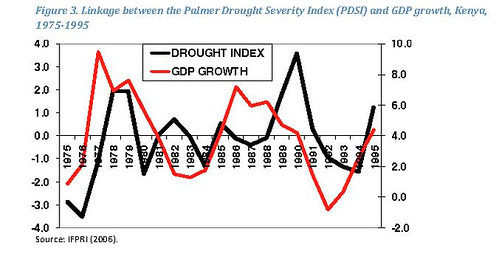Watch the following playlist of climate change films produced by the International Livestock Research Institute (ILRI).
These films describe how climate change is affecting millions of poor livestock herders and mixed crop-and-livestock farmers in Africa. Unpredictable and often extreme climatic events mean that overall, most of these livestock keepers struggle as droughts and floods devastate their increasingly fragile agricultural lands.
The first 8-minute film, ‘Heat, Rain and Livestock: Impact of climate change on Africa’s livestock herders’, shows how research-based interventions carried out by ILRI and its partners are helping livestock herders in northern Kenya cope with climate change.
Increasingly overcrowded lands and increasing competition for resources are contributing to more conflict between pastoral communities in many parts of Africa, but ‘scientific research, through projects such as ILRI’s Index-Based Livestock Insurance (IBLI) and a shift to raising animals that produce more (and more efficiently) and that are better adapted to climatic changes is making a difference.’
The second 4-minute film, ‘Climate, food and developing-country livestock farming’, describes many of the challenges experienced by small-scale livestock farmers in African countries, which remain under-appreciated by policymakers and the media in rich countries.
According to the ILRI film, ‘research can provide these farmers with the means to increase their production to meet growing demand for food in many countries while at the same time managing their environments.’
View the full climate change playlist on YouTube.
Read recent ILRI news articles on climate change:
Read research outputs from ILRI’s climate change research.


